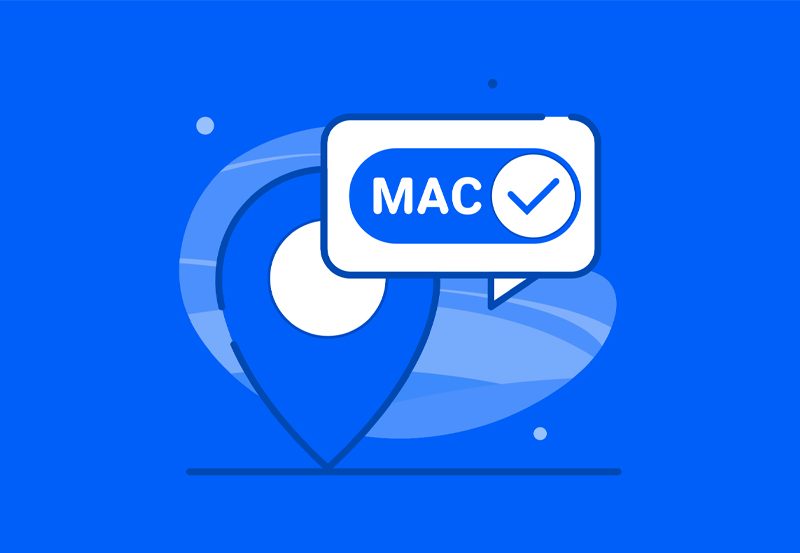In today’s fast-paced digital age, IPTV has revolutionized the way we consume television. Offering an array of channels and on-demand content through the internet, it’s no wonder IPTV services have gained tremendous popularity. However, as with any technology, it comes with its challenges—buffering being one of the most common and frustrating issues users face.
- Buy 1 Year IPTV Subscription and Enjoy Unlimited Content
Understanding Buffering in IPTV
Buffering issues can significantly hinder your streaming experience, often making an anticipated viewing session unpleasant. To tackle these issues, it’s fundamental to understand what buffering is and why it happens. Buffering, in the simplest terms, occurs when there is a delay between the data being transmitted and received, causing interruptions in play.
Several factors contribute to buffering, including network issues, server load, and device performance. Addressing each of these components can help in reducing and eventually eliminating buffering problems.
Network Issues
The most common cause of buffering is a weak or unstable internet connection. Internet speeds that fluctuate or fail to meet the minimum requirements can significantly affect your IPTV service. Thus, consistent, high-speed internet is crucial for optimal streaming.
For the best IPTV service experience, consult your internet provider to ensure your bandwidth meets the necessary standards for seamless streaming.
Server Load
An overloaded server might be the culprit behind buffering that disrupts your M3U playlists for IPTV. When too many users access the server simultaneously, it can struggle to deliver content smoothly, causing interruptions.
Choosing an IPTV service known for robust infrastructure can mitigate server-related buffering issues, providing a more reliable viewing experience.
Device Performance
Sometimes, the root of the buffering issue lies within your device. Devices with limited processing power or memory can struggle under the demand of high-definition content, resulting in lag and buffering.
Older devices are particularly susceptible to these issues. Ensuring your device’s software is up to date and periodically clearing cache can help in maximizing your IPTV experience.
Troubleshooting Buffering Issues
Enhance Internet Connectivity
Improving your internet connection is a vital step in resolving buffering issues. Start by conducting a speed test to assess your connection. If your speed falls short, consider upgrading your plan or switching to a different provider.
Using a wired connection rather than relying on Wi-Fi can also enhance stability. Ethernet cables provide direct internet access, reducing the chance of interference and dropouts.
Optimize IPTV App Settings
Most IPTV apps allow customization to better suit your connection. Lowering the streaming quality slightly might help if your internet bandwidth is limited, as high-definition content requires more data.
Check if your app has features like adaptive streaming, which automatically adjusts the quality based on your current network conditions.
Update Your Device and App
Ensure your streaming device and the IPTV app are running the latest versions. Updates often include performance improvements and bug fixes that can help reduce buffering.
Additionally, closing unnecessary background apps can free up resources, aiding in smoother streaming performance.
Advanced Solutions for Persistent Buffering
Use a VPN
A Virtual Private Network (VPN) can sometimes alleviate buffering issues, especially if your ISP throttles internet speed during high-demand periods. A VPN masks your internet activity, potentially reducing throttling.
Ensure you select a VPN with good credentials and servers optimized for streaming to avoid any additional lag.
Consider Device Upgrades
If buffering persists despite best efforts, it might be time to consider upgrading your streaming device. Modern devices offer better streaming quality and support for the latest technologies, ensuring a richer viewing experience.
While this may involve additional cost, the enhanced performance can prove beneficial in the long run.
A Final Thought on Buffering
No one enjoys interruptions during peak narrative moments or live events. Buffering, though inevitable at times, can often be managed with the right approach and tools. Whether it’s upgrading your internet plan, optimizing your device, or adjusting your app settings, these steps contribute to a more pleasurable and stress-free IPTV experience.
FAQs About IPTV Buffering

What is the minimum internet speed recommended for IPTV?
Typically, a minimum speed of 5 Mbps is recommended for standard definition streaming, while 25 Mbps or more is advisable for high-definition content to avoid buffering issues.
How can I test my internet speed?
To test your internet speed, use online tools such as Speedtest by Ookla or Fast.com. These platforms measure both download and upload speeds, providing insights into your connection quality.
Will changing my IPTV provider reduce buffering?
Switching to a provider with better server infrastructure and support may help reduce buffering, particularly if your current provider experiences regular server overloads.
Can an overloaded network in my home affect IPTV performance?
Yes, if multiple devices are using bandwidth simultaneously, it can lead to network congestion. Prioritizing your IPTV device or upgrading your router to handle more devices effectively can help resolve this.
Do VPNs introduce more buffering?
Generally, a reputable VPN should not add noticeable lag; however, VPNs with slower servers might increase latency. Choosing a VPN optimized for streaming minimizes this risk.
How do I know if my device needs an upgrade?
If your device frequently crashes, struggles with high-definition content, or runs sluggishly even after optimizing settings, it might be time for an upgrade.
How to Watch IPTV on PS4: A Beginner’s Guide




